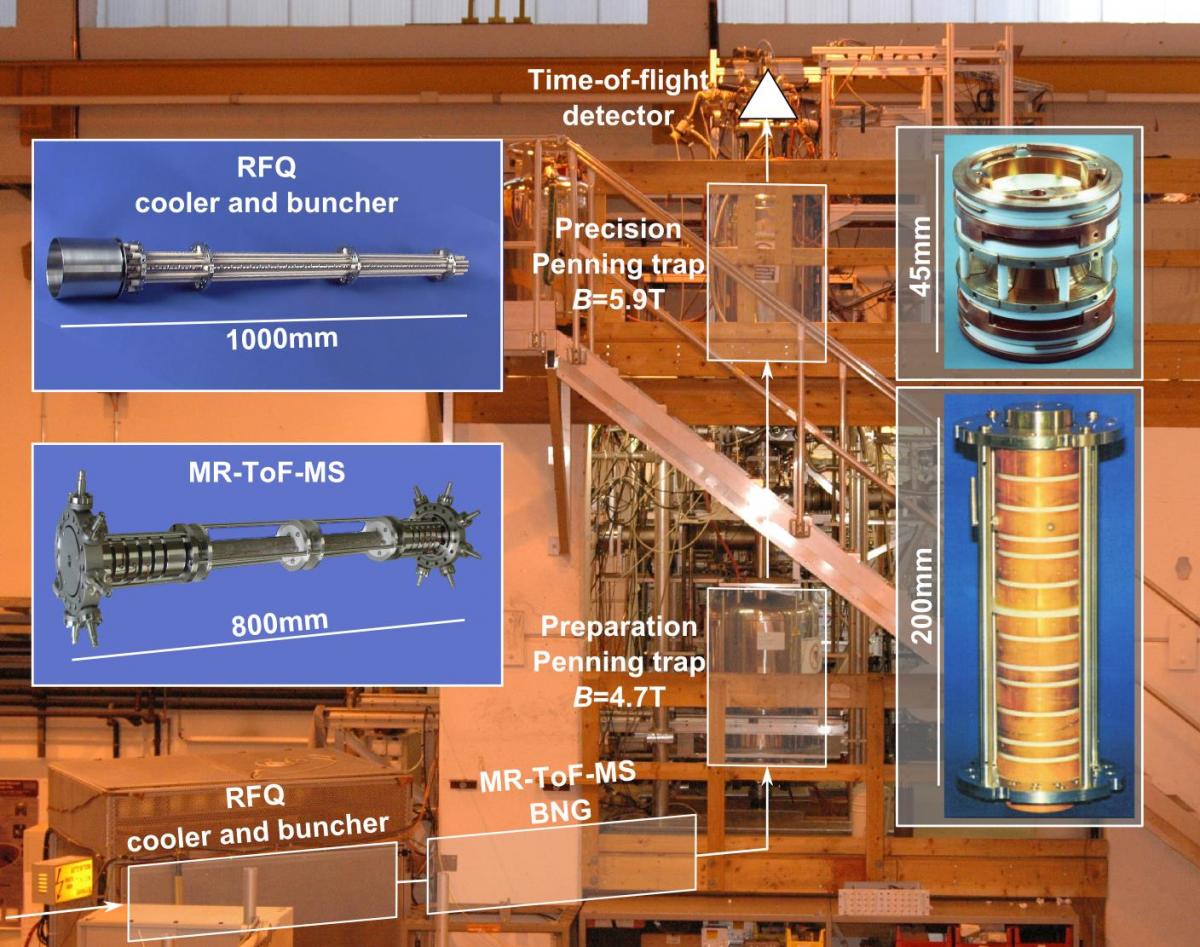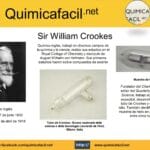Decoding Battery Behavior with Neutron Separators
Neutron separators are revolutionizing battery research, providing scientists with unprecedented insights into the intricate workings of battery materials. These tools offer a unique glimpse into the behavior of ions within batteries, paving the way for advancements in battery longevity, charging speed, and safety. Learn how neutron separators are shaping the future of energy storage.
How Neutron Separators Work: Illuminating the Inner Workings of Batteries
Neutron separators employ several techniques to analyze battery materials. One prominent method is neutron imaging and tomography, similar to a medical CT scan but utilizing neutrons instead of X-rays. This allows researchers to create detailed 3D maps of the inside of a working battery, revealing the movement of ions during charging and discharging cycles. This “x-ray vision” helps researchers understand why some battery designs are more efficient than others, informing design improvements.
Another key technique is quasi-elastic neutron scattering (QENS). QENS focuses on the behavior of ions, providing valuable insights into how they move and interact within the battery’s materials. This information is crucial for optimizing battery materials, leading to improvements in performance and lifespan.
Impact on Battery Technology: Advancements Across Multiple Battery Types
Neutron separators are impacting various battery technologies. In the development of solid-state batteries, neutron imaging is helping researchers understand how ions move through solid electrolytes. This is a significant hurdle in solid-state battery development, and neutron separators are aiding in finding solutions to bring this potentially game-changing technology to market.
Redox flow batteries are also benefiting. These batteries store energy in liquid solutions, and neutron imaging helps monitor the concentration of these liquids during operation. This information is essential for optimizing the flow and efficiency of these large-scale energy storage systems.
Even existing lithium-ion batteries are seeing improvements thanks to neutron separators. Researchers are using them to study the separators within these batteries – thin layers that prevent short circuits – hoping to enhance battery lifespan and safety.
Beyond Batteries: Expanding the Horizons of Neutron Separator Applications
The applications of neutron separators extend beyond batteries. Early research suggests potential uses in fusion energy research, particularly in extracting and detecting fusion products. These findings highlight the potential of neutron separator technologies to contribute to a wide range of scientific advancements.
Neutron Separation: Delving into Nuclear Stability
Can Neutrons Be Separated?
Yes. Neutrons, while typically bound within the atomic nucleus, can be separated under certain conditions. This separation is governed by the delicate balance of forces within the nucleus and plays a crucial role in various nuclear phenomena.
The Neutron Drip Line: A Boundary of Nuclear Stability
The neutron drip line represents the limit of how many neutrons a nucleus can hold. Beyond this limit, the nucleus becomes unstable, and neutrons “drip” out, much like water from an overfilled balloon. This phenomenon highlights the delicate balance within the nucleus.
Methods of Neutron Separation
Neutrons require energy to escape the nucleus. This energy can come from various sources, including:
- Nuclear Reactions: Collisions between atoms can provide the necessary energy for neutron release.
- High-Energy Particle Collisions: Collisions in particle accelerators can knock neutrons loose.
- Gamma Rays: Powerful beams of light can provide enough energy for neutron liberation.
Consequences of Neutron Separation
Neutron separation can trigger several processes:
- Radioactive Decay: An unstable atom may transform into a different element.
- Nuclear Fission: The nucleus can split, releasing significant energy.
- Element Synthesis: Neutron separation plays a role in creating heavier elements in stars.
Applications of Neutron Separation
Neutron separation has several applications, including:
- Material Analysis: Neutron beams examine the structure of various materials, leading to improved technologies.
- Medical Advancements: Neutron beams are explored for cancer therapy, offering targeted treatment possibilities.
Ongoing Research
Ongoing research continues to explore the complexities of neutron separation. Scientists are investigating how nuclear structure influences neutron release and the role of neutrons in exotic nuclei formation. Even the theoretical existence of neutron stars, composed almost entirely of neutrons, is a subject of study.
Neutron Deflection: A Guide to Shielding and Moderation
How Do You Deflect Neutrons?
Deflecting neutrons involves a two-step process: moderation (slowing down) and absorption (capturing). This process is crucial for protecting sensitive equipment and personnel from neutron radiation.
Moderation: Slowing Down Neutrons
Moderation reduces neutron energy using materials rich in hydrogen atoms like water, polyethylene, or concrete. Hydrogen, being similar in size to a neutron, effectively slows neutrons down through collisions, like billiard balls impacting one another.
Absorption: Capturing Slowed Neutrons
Absorption traps slowed neutrons using materials with a high neutron capture cross-section, such as boron-10, cadmium, and gadolinium. These materials readily absorb neutrons, effectively removing them. The choice of material depends on the specific application and neutron energy.
Gamma Radiation Shielding
Neutron absorption can produce gamma radiation. This secondary radiation requires additional shielding using dense materials like lead, concrete, or steel.
Ongoing Research
Researchers are continually refining neutron deflection methods and exploring new materials for enhanced effectiveness. Current research includes developing materials that can both moderate and absorb neutrons simultaneously and investigating novel materials and structures for improved shielding. Further research is needed to fully understand neutron interactions and optimize deflection strategies.
Neutron Absorbers: Regulating Nuclear Reactions
What Does a Neutron Absorber Do?
Neutron absorbers are crucial for controlling nuclear reactions in reactors, ensuring safe and efficient operation. They capture neutrons, preventing chain reactions from becoming uncontrolled. Different types of absorbers fulfill specific roles in reactor management.
Types of Neutron Absorbers
- Control Rods: Regulate reactor power by being inserted or withdrawn from the core, controlling the number of free neutrons. Materials like hafnium, cadmium, and boron are commonly used.
- Burnable Poisons: Compensate for decreasing fuel reactivity over time, gradually reducing their neutron absorption. Gadolinium and erbium are examples.
- Fission Products: While not their primary function, fission products contribute to neutron absorption, adding another layer of control to the chain reaction. Xenon-135 and Samarium-149 are notable examples.
The Physics Behind Neutron Absorption
Neutron absorption involves a neutron being captured by an atom’s nucleus, forming an excited compound nucleus. This compound nucleus can then decay, emitting various particles or gamma rays. The probability of neutron capture is quantified by the neutron cross-section, which is energy-dependent.
Applications Beyond Nuclear Reactors
Neutron absorbers find various applications beyond reactors, including nuclear waste management, shielding for personnel and equipment, and scientific research in nuclear physics and materials science.
Ongoing Research
Ongoing research seeks to improve neutron absorber materials and understand their interactions at a subatomic level. This research is vital for enhancing reactor safety and efficiency and exploring new applications of neutron absorption technology.
Learn more about Novolog sliding scale, diabetes management, and insulin therapy by visiting this page. Read about Nathanael Kapner and his commitment to advancing diabetes care and research.
- Georgia Platform: A Southern Strategy, 1850s - March 31, 2025
- How many weeks is 40 days: Quick Conversion Guide for Accurate Results - March 31, 2025
- How many feet is 300 meters? 984 Feet: Understand Length Conversions Easily - March 31, 2025

















2 thoughts on “Neutron Separators: Unveiling Isotopic Secrets for Next-Gen Battery Development”
Comments are closed.